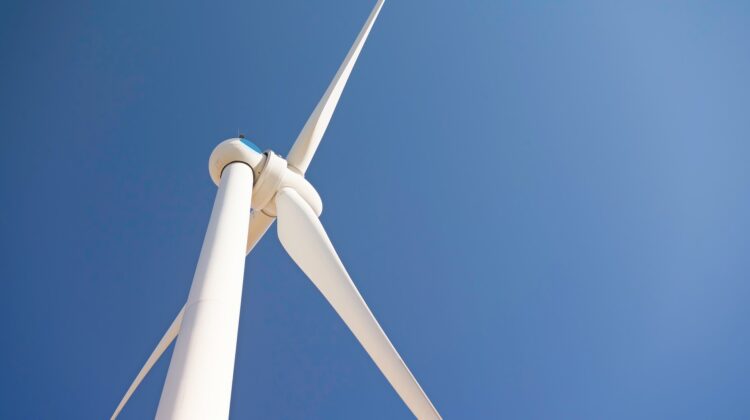
What energy infrastructure will be needed by 2050 in the EU to support 1.5°C scenarios?
The European Commission has settled ambitious objectives in order to reach climate neutrality by 2050. This will imply the shift from fossil fuel to low carbon energy supply and an adaptation of the energy system according to it. Electrification and production of green hydrogen are seen as structural pillars. The objective of the study is to quantify energy infrastructure needs required in various climate neutral scenarios at the 2050 time horizon.
Methods: The work was based on Artelys Crystal Super Grid, a tool developed at Artelys for modelling and simulating energy markets on a continental or national scale. In this study, we apply a multi-energy (i.e., power, hydrogen, methane) capacity expansion and dispatch optimisation methodology, featuring hourly and national granularity, covering the European Union plus major neighbouring countries. Several investments options are considered: storage assets, electrolysers, cross-border electricity, hydrogen and CH4 interconnections (including repurposing of CH4 infrastructures), and gas-to-power capacities.
Results: Important needs for cross-border electricity infrastructure appear in all the considered scenarios. Cross-border hydrogen infrastructure needs strongly depend on the geographic allocation of renewable energy sources across Europe. Security of supply in Europe can be maintained without investing in additional cross-border methane pipelines. Existing methane pipelines will be repurposed or characterized by low utilisation rates at the 2050 horizon.
Conclusions: The multi-energy optimization approach developed is well suited to assess electricity, methane and hydrogen infrastructure projects and their interdependencies considering various scenarios. While electricity and methane infrastructure needs are quite robust across several sensitivities on a climate neutral scenario, hydrogen infrastructure needs are more uncertain and depend on various factors such as the level of hydrogen demand, its competition with biomethane and the level of colocation between RES generation and hydrogen demand.
Corresponding author: Igor Arduin
Competing interests: Artelys is fully financially independent from all main players of the energy sector (utilities, power suppliers, TSOs and DSOs). All authors are employees of Artelys.
Grant information: The research presented was financed by and carried out on behalf of the European Climate Foundation.
Copyright: © 2022 Arduin I et al. This is an open access article distributed under the terms of the Creative Commons Attribution License, which permits unrestricted use, distribution, and reproduction in any medium, provided the original work is properly cited.
How to cite: Arduin I, Andrey C and Bossmann T. What energy infrastructure will be needed by 2050 in the EU to support 1.5°C scenarios? [version 1; peer review: awaiting peer review]. F1000Research 2022, 11:387 (https://doi.org/10.12688/f1000research.109399.1)
First published: 01 Apr 2022, 11:387 (https://doi.org/10.12688/f1000research.109399.1)
Latest published: 01 Apr 2022, 11:387 (https://doi.org/10.12688/f1000research.109399.1)
